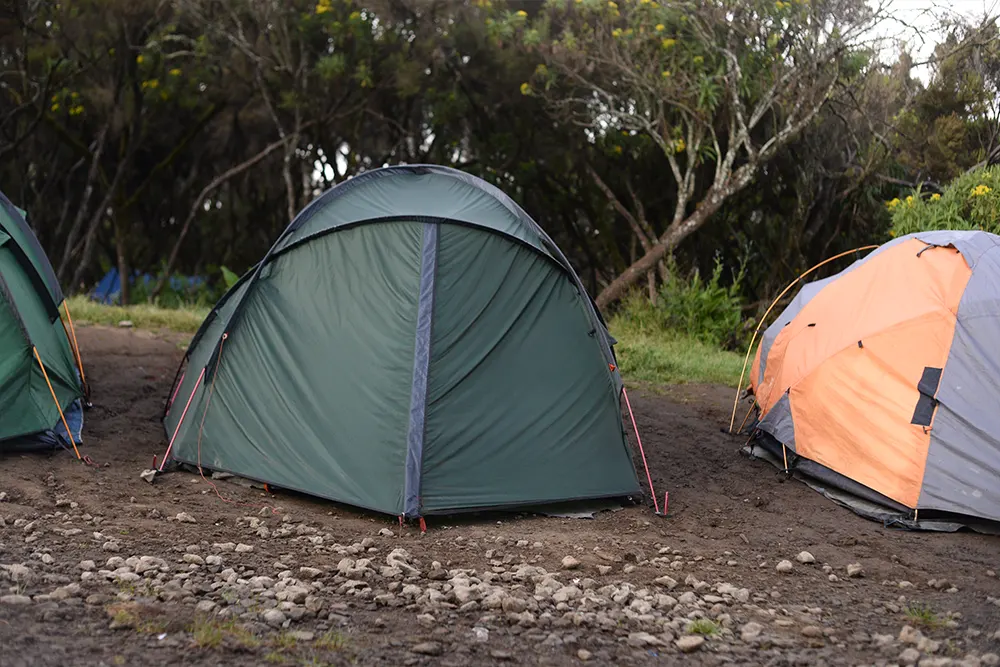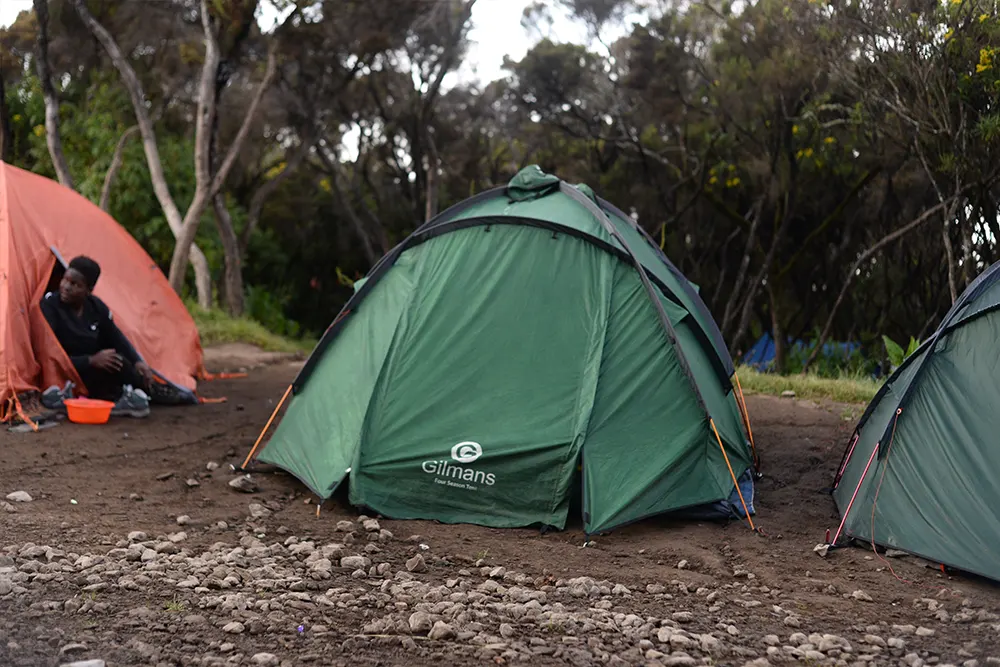Day 1: Machame Gate to Machame Camp

On the first day, your adventure begins at the Machame Gate. After completing the necessary registration formalities, you will start your trek through the dense rainforest. The trail gradually ascends, providing glimpses of the surrounding flora and fauna. After a few hours of hiking, you will reach Machame Camp, where you'll spend the night under the starry sky.
Destination: Machame Gate to Machame Camp
Accommodation: Machame Campsite
public camp site
Meals & Drinks: Lunch, Dinner, Drinking water
Day 2: Machame Camp to Shira Camp

As the sun rises, you'll continue your journey towards Shira Camp. The trail opens up to moorlands, offering panoramic views of the Kilimanjaro massif. You'll pass through the Shira Plateau, a vast and scenic area with scattered volcanic rocks. The campsite at Shira Camp provides a serene setting for rest and rejuvenation.
Destination: Machame Camp To Shira Cave
Accommodation: Shira Cave Campsite
public camp site
Meals & Drinks: Breakfast, Lunch, Dinner, Drinking water
Day 3: Shira Camp to Barranco Camp

The third day brings you closer to the Barranco Camp. The trek takes you through the Lava Tower, an impressive rock formation at 4,630 meters. This altitude helps with acclimatization, preparing you for the final ascent. Descending from the Lava Tower, you'll arrive at Barranco Camp, nestled in a picturesque valley beneath the imposing Barranco Wall.
Destination: Shira Cave To Lava Tower To Barranco Camp
Accommodation: Barranco Campsite
public camp site
Meals & Drinks: Breakfast, Lunch, Dinner, Drinking water
Day 4: Barranco Camp to Karanga Camp
.webp)
After a good night's sleep at Barranco Camp, you'll conquer the Barranco Wall, a challenging yet exhilarating section of the trek. With the help of your experienced guides, you'll navigate through the rocky terrain and reach the top of the wall. From there, the path descends to Karanga Camp, where you'll spend the night.
Destination: Barranco Camp To Karanga Camp
Accommodation: Karanga Campsite
public camp site
Meals & Drinks: Breakfast, Lunch, Dinner, Drinking water
Day 5: Karanga Camp to Barafu Camp

On the fifth day, you'll leave Karanga Camp and head towards Barafu Camp. The landscape becomes increasingly arid as you approach the alpine desert. Barafu Camp, situated at an elevation of 4,600 meters, marks the final base camp before the summit attempt. Here, you'll rest, hydrate, and mentally prepare for the challenging ascent.
Destination: Karanga Camp To Barafu Camp
Accommodation: Barafu Campsite
public camp site
Meals & Drinks: Breakfast, Lunch, Dinner, Drinking water
Day 6: Barafu Camp to Uhuru Peak to Mweka Camp

The most demanding part of the journey awaits you on the sixth day. At midnight, you'll begin the final push to the summit of Kilimanjaro, Uhuru Peak. The steep and snowy path requires endurance and perseverance. As the sun rises, you'll stand triumphantly at the "Roof of Africa." After savoring the breathtaking views, you'll descend to Mweka Camp for a well-deserved rest.
Destination: Barafu Camp To Uhuru Peak To Mweka Camp
Accommodation: Mweka Campsite
public camp site
Meals & Drinks: Breakfast, Lunch, Dinner, Drinking water
Day 7: Mweka Camp to Mweka Gate
On the last day of your adventure, you'll continue your descent through the lush rainforest. The trail leads you to Mweka Gate, where you'll receive your certificate of achievement. Celebrate your successful climb with your fellow trekkers and bid farewell to the magnificent Mount Kilimanjaro.
Destination: Mweka Camp To Mweka Gate
Meals & Drinks: Breakfast, Lunch, Drinking water
TOUR PRICE/COST
We offer two pricing options:
The cost is shared within your private group. More people means a lower price per person.
Join others on a fixed-date tour at a set per-person rate—ideal for solo travelers or small groups.
Private (Shared) Price
| No of pax | Adult | Child |
|---|---|---|
| 1 pax | $1,606 pp | $1,205 pp |
| 2–4 pax | $1,521 pp | $1,141 pp |
| 5–9 pax | $1,556 pp | $1,167 pp |
Group joining price
| Adult | Child |
|---|---|
| $1,521 pp | $1,141 pp |
PRICE INCLUSIONS & PRICE EXCLUSIONS
InclusionsThe Booking Form

7 Days Kilimanjaro Luxury Climbing via the Machame Route
7-Day Kilimanjaro Climbing Machame Route: Discover the beauty of Kilimanjaro and challenge yourself to reach the summit of Africa's highest peak.
N.B: After you send your booking we will get back to you with in 24 hours.
.webp)
.webp)
.webp)







.webp)
.webp)
.webp)
.webp)


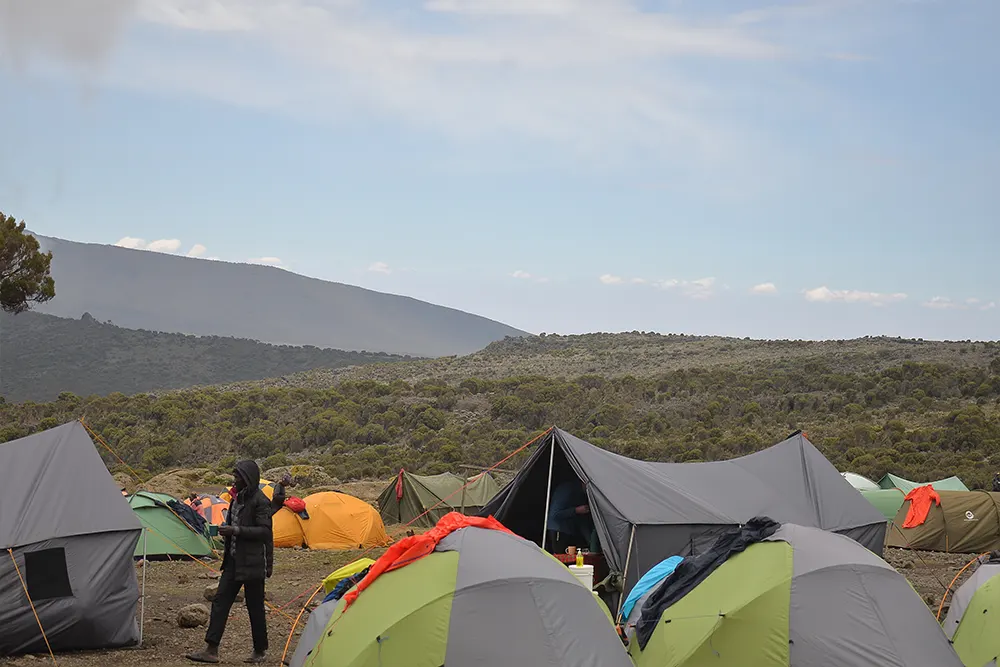



.webp)
.webp)
.webp)
.webp)
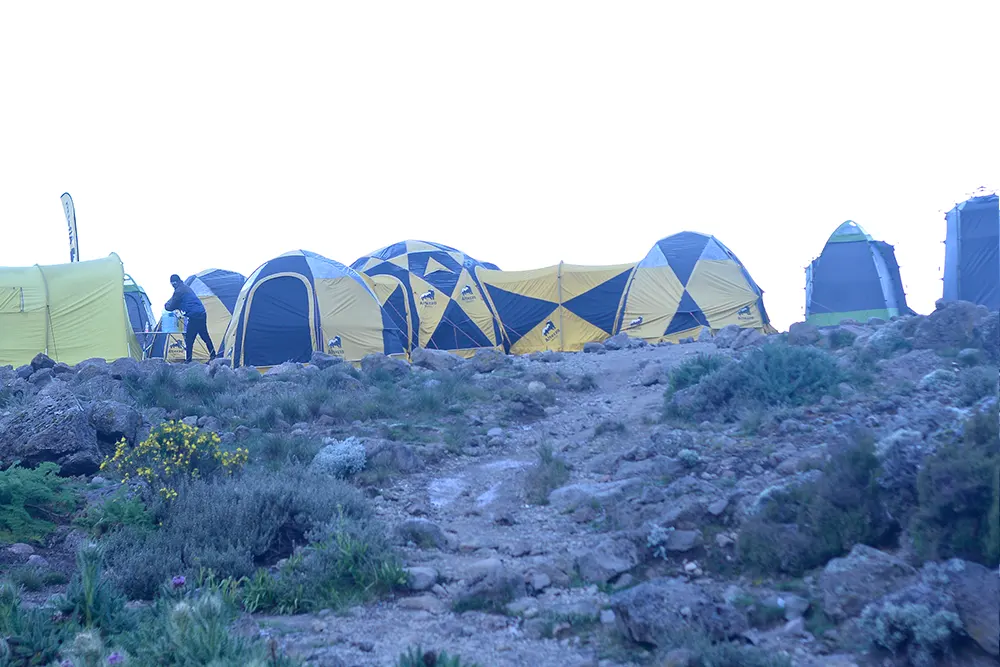







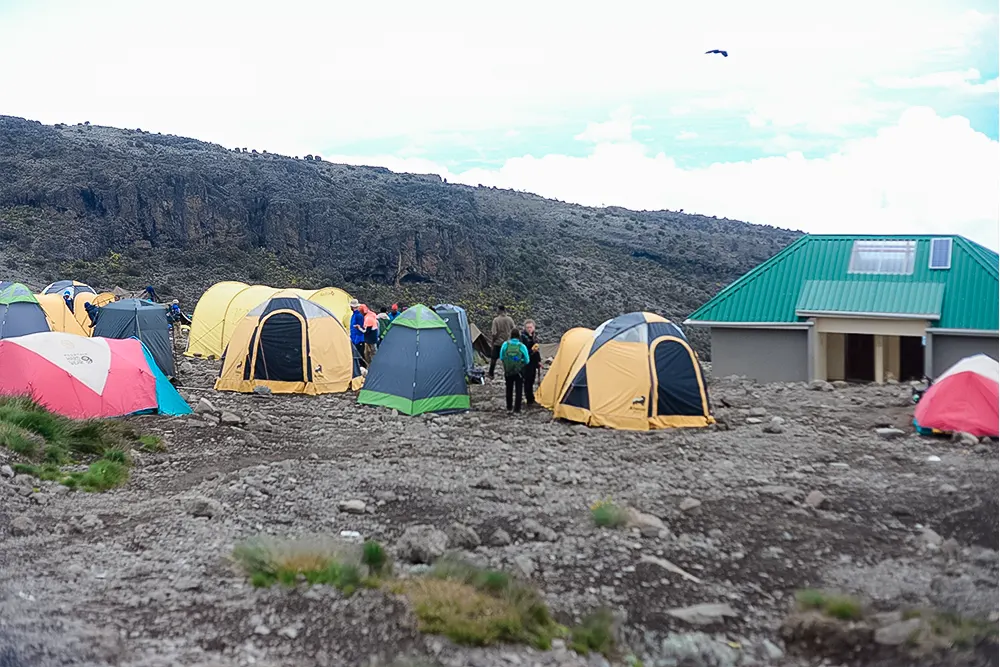

.webp)












.webp)
.webp)
.webp)
.webp)

